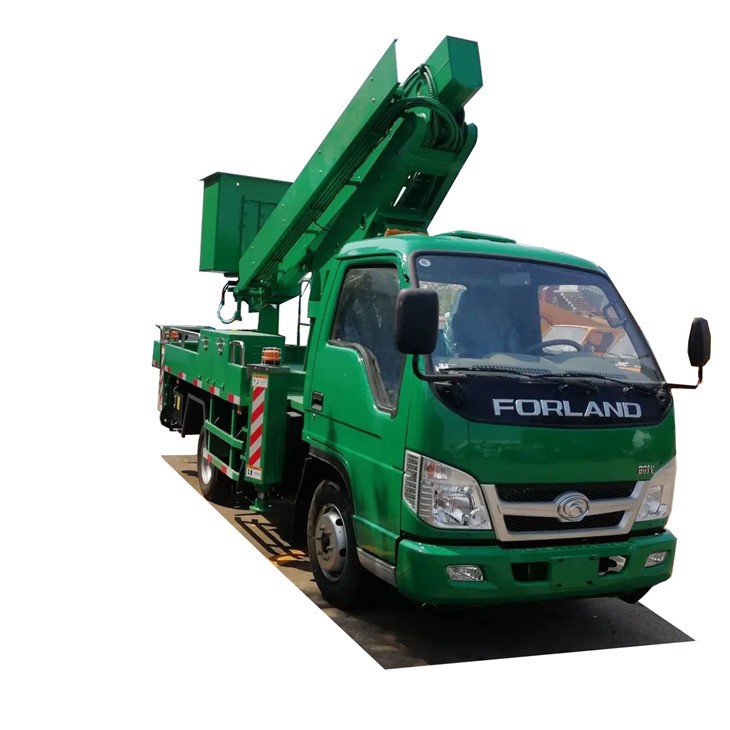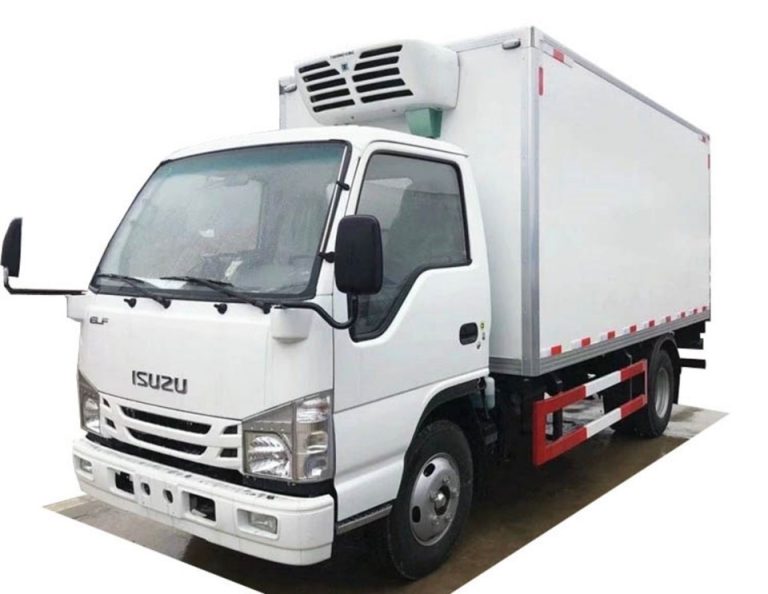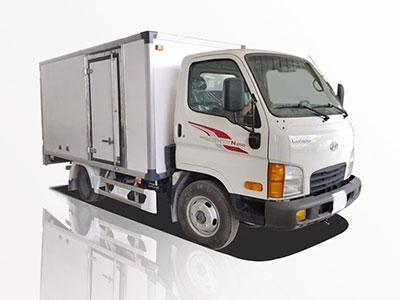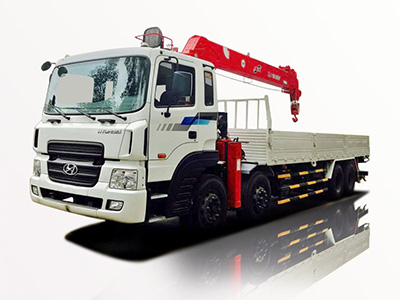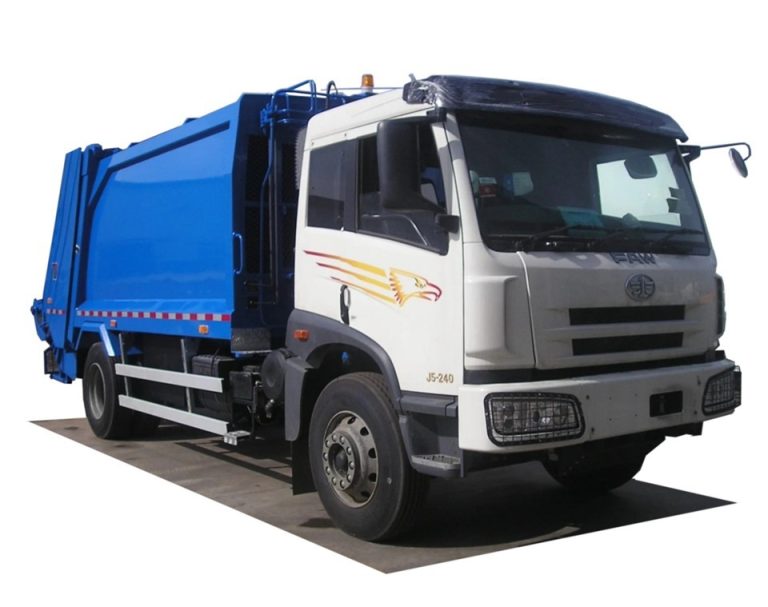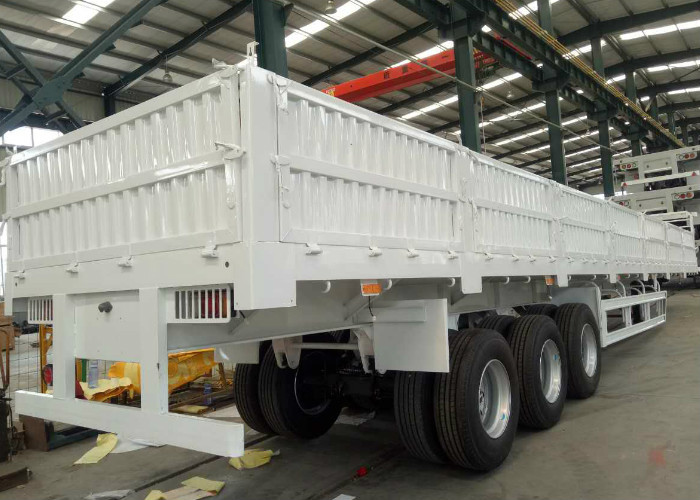Vacuum suction trucks, often referred to simply as vacuum trucks, are specialized vehicles designed to remove liquids, sludges, and solids from various environments. They play a crucial role in waste management, construction, and industrial processes. This article will explore the workings of vacuum suction trucks, their various applications, types, and essential maintenance practices. Whether you are in the market for one or simply curious about how they operate, this guide will provide valuable insights.
What is a Vacuum Suction Truck?
A vacuum suction truck is a heavy-duty vehicle equipped with a powerful vacuum system that efficiently collects and transports unwanted materials. The system typically includes a tank, pump, and a set of hoses designed to suction materials from the ground or other surfaces.
Components of a Vacuum Suction Truck
The primary components of a vacuum suction truck include:
- Holding Tank: The tank collects the material being sucked up. These tanks can vary in size depending on the truck’s design and intended use.
- Vacuum Pump: This component creates a vacuum that generates suction, allowing the truck to draw in materials.
- Hoses and Nozzles: These are used to direct the suction and collect different types of materials. Various attachments can be used for specific applications.
- Control Systems: Many modern vacuum trucks are equipped with electronic controls for ease of operation and monitoring.
How Does a Vacuum Suction Truck Work?
The operation of a vacuum suction truck is relatively straightforward. Here’s a basic overview of the process:
- The operator positions the truck near the material that needs to be collected.
- The suction hose is placed over or into the material, typically aided by a specially designed nozzle.
- The vacuum pump is activated, creating suction that draws the material into the holding tank.
- Once the tank is full, the truck can transport the collected materials to a designated disposal or treatment location.
Types of Vacuum Suction Trucks
Vacuum suction trucks come in various designs, each suited to specific applications. Here are the most common types:
1. Liquid Waste Vacuum Trucks
These trucks specialize in the removal of liquids such as sewage, sludge, and industrial waste. They often come equipped with specialized pumps for efficient liquid handling.
2. Septic Tank Trucks
Septic tank trucks are designed specifically for emptying residential and commercial septic systems. They often feature larger tanks to hold more waste while still being maneuverable in urban environments.
3. Industrial Vacuum Trucks
These versatile trucks are used in various industries, from mining to construction. They can handle a range of materials, including dry and wet waste.
4. Hydro Excavation Trucks
Hydro excavation trucks use high-pressure water jets to liquefy soil or other materials, making it easier for the vacuum system to remove them. These trucks are particularly valuable in utility and road maintenance work.
Applications of Vacuum Suction Trucks
Vacuum suction trucks are employed in numerous industries due to their versatility and efficiency. Here are some common applications:
1. Waste Management
Vacuum trucks are crucial in municipal waste management, helping to transport sewage, garbage, and other waste materials from residential areas to treatment facilities.
2. Construction
In construction sites, vacuum trucks are used to remove water, debris, and other substances. They allow for quicker clean-up and maintain a safer working environment.
3. Industrial Cleaning
Factories and warehouses often utilize vacuum suction trucks to handle spills or collect waste materials, improving workplace safety and cleanliness.
4. Environmental Remediation
In cases of environmental contamination, vacuum trucks are deployed to remove hazardous materials from sites effectively.
Choosing the Right Vacuum Suction Truck
Selecting the appropriate vacuum suction truck for your needs involves several considerations:
1. Capacity
Evaluate the capacity needed based on the volume of materials to be collected. Tanks typically range from 500 to several thousand gallons.
2. Type of Material
Consider the types of materials being managed. Different trucks are optimized for liquid waste, solids, and sludge.
3. Mobility
If the truck will operate in urban or congested areas, ensure it has the right size and maneuverability capabilities.
4. Pumping Power
Assess the vacuum pump’s strength, as this impacts the efficiency of material collection. Make sure it is suitable for the material’s viscosity and density.
Operating a Vacuum Suction Truck: Best Practices
To ensure safe and efficient operation, it’s essential to follow these best practices:
1. Regular Maintenance
Regular checks and maintenance of the vacuum pump, holding tank, and hoses will prevent mechanical failures. Scheduled servicing can prolong the truck’s lifespan.
2. Staff Training
Ensure that operators are adequately trained in using the equipment safely and effectively. Knowledge of the truck’s components and emergency procedures is crucial.
3. Compliance with Regulations
Always operate within regional and national environmental regulations, especially when dealing with hazardous materials. Compliance helps avoid legal issues and ensures public safety.
Common Issues and Solutions
Like any vehicle, vacuum suction trucks can face challenges. Here are some common issues and their solutions:
1. Clogged Hoses
If hoses become clogged, regularly check and clear them before operations begin. A cleaning kit should be part of the truck’s equipment.
2. Pump Malfunctions
Pump failures can halt operations. Regular maintenance checks can prevent this, and always have a backup plan in case of failures.
3. Leakage from the Tank
Leaks can present significant dangers. Ensure the tank is inspected regularly and repaired when necessary to keep operations safe.
Cost and Investment Considerations
Investing in a vacuum suction truck can be substantial, but considerations can help in making informed decisions:
1. Initial Purchase Cost
A new vacuum truck can cost from $100,000 to several hundred thousand dollars, depending on its size and capabilities. Consider your budget and financing options.
2. Operating Costs
Be aware of fuel costs, maintenance, repairs, and insurance that can impact total ownership expenses over time.
3. Revenue Potential
Evaluate the potential revenue generated from contracts or services offered with a vacuum suction truck. Assess how it can fit into your business operations.
Frequently Asked Questions
1. What types of materials can a vacuum suction truck handle?
Vacuum suction trucks can handle liquids, sludges, solids, and more hazardous materials depending on their design and capability.
2. How often should a vacuum suction truck be maintained?
Maintenance schedules can vary; however, it is generally recommended to conduct thorough inspections every 3-6 months and servicing annually.
3. Are vacuum suction trucks environmentally friendly?
When operated correctly and maintained properly, they minimize environmental impact by efficiently collecting and transporting waste to appropriate disposal sites.
4. Can anyone operate a vacuum suction truck?
While anyone can learn to operate a vacuum suction truck, proper training and licensing requirements should be adhered to, particularly for hazardous material handling.
5. Why is hydro excavation preferred over traditional digging methods?
Hydro excavation is less disruptive to the surrounding area, minimizes the risk of damage to underground utilities, and provides a safer working environment.
6. What is the typical lifespan of a vacuum suction truck?
With proper maintenance, a vacuum suction truck can last anywhere from 10 to 15 years, depending on usage and upkeep.
